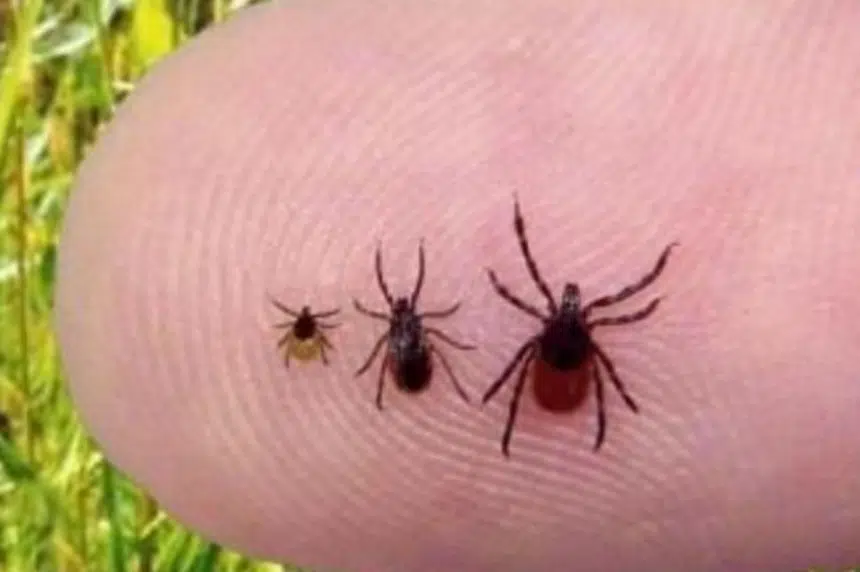The Prairie North Health Region in the Battlefords is asking residents to help them keep track of ticks, because some that carry Lyme disease are showing up in places they hadn’t before.
Prairie North Health Region (PNHR) medical health officer Mandiangu Nsungu said although most ticks in Saskatchewan aren’t the types that transmit Lyme disease, distributions are changing. Disease-carrying ticks are now establishing themselves in places they formerly weren’t recorded.
Nsungu said the administrators at the health region ask anyone who finds a tick on them to bring it to a public health office for testing. The surveillance program identifies the type of tick and tests it for Lyme disease to keep track.
“The most important thing is to make sure we continue our surveillance in such a way that we have the up-to-date situation all the time,” he said.
To prevent tick bites when outdoors, Nsungu recommends wearing long pants, long-sleeved shirts, shoes that completely cover feet and using insect repellant that contains DEET. If somebody has spent time outdoors, they should shower and do a full-body inspection of themselves, their children and pets.
“We as people living in the community, of course, have to take precautions. We have to protect ourselves, especially if you have to go in wooded areas or bushy areas,” he said.
For when somebody does find a tick on them, Nsungu clarified the many conflicting theories about how to remove them properly. The right way, according to Nsungu, is to use tweezers and grab it close to the skin, pulling slowly outward with constant pressure, avoiding crushing or twisting the tick. Nsungu warned against burning or smothering the tick, because that can cause parts of the tick to stay embedded in the skin.







